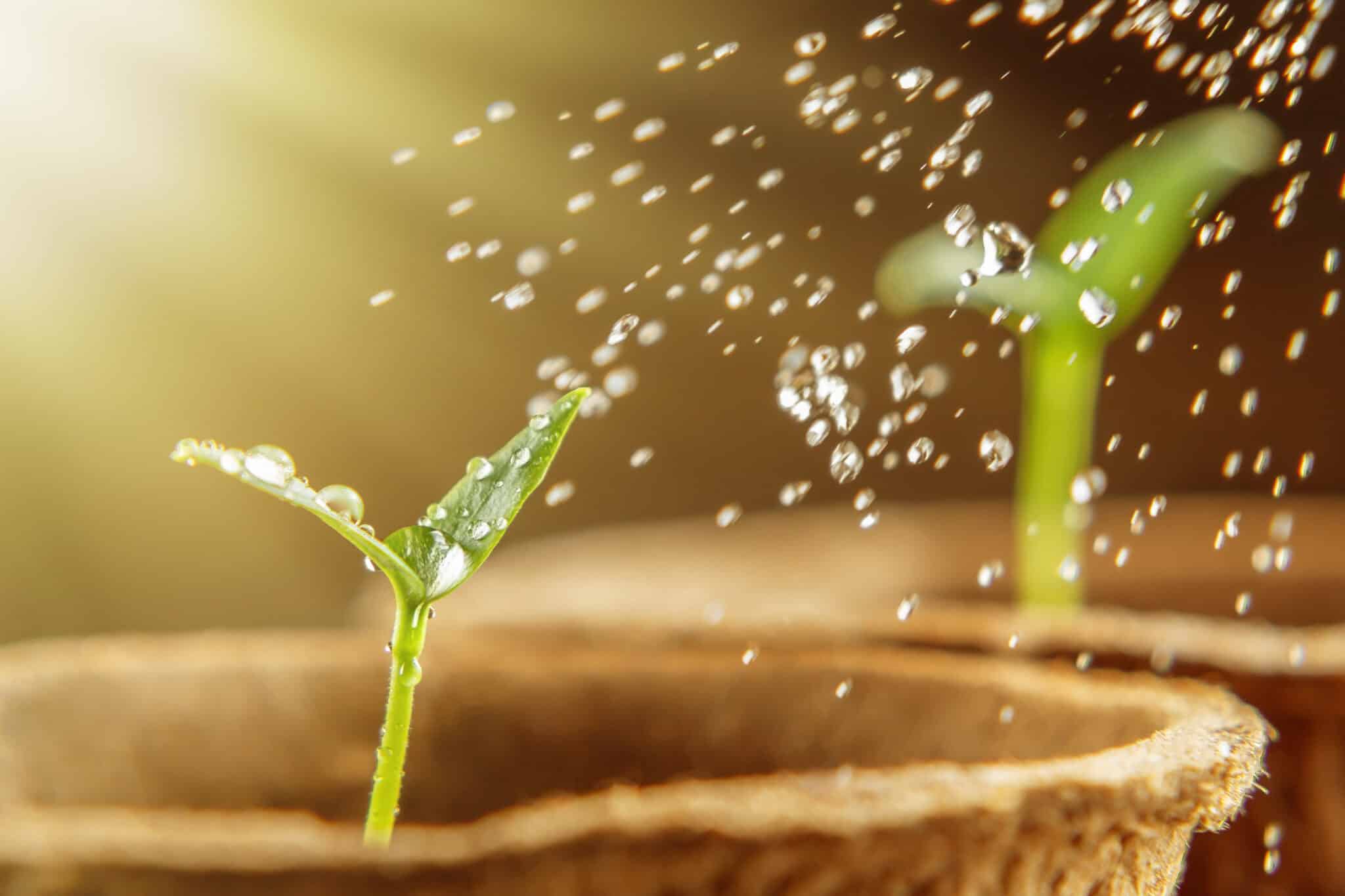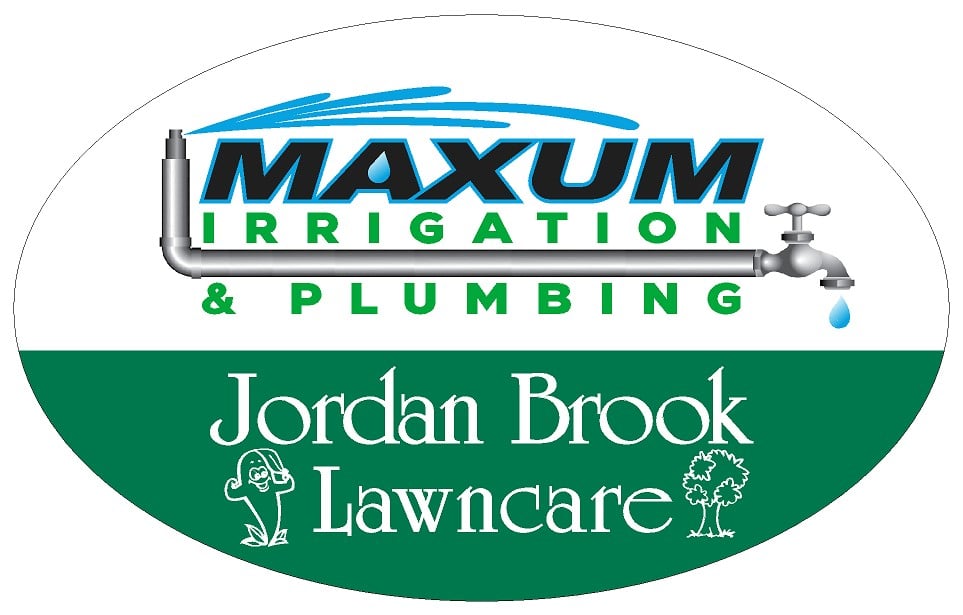Rainwater is a valuable resource that can be harnessed to nourish your garden while reducing reliance on traditional water sources. Harvesting rainwater not only conserves water but also provides plants with a natural and chemical-free source of hydration. In this article, we’ll guide you through the process of harvesting rainwater for your garden, helping you create a sustainable and thriving oasis.
Assess Your Rainwater Harvesting Potential
Start by assessing the rainwater harvesting potential of your property. Consider factors such as roof size, rainfall patterns, and local regulations. A larger roof surface area will capture more rainwater, while areas with higher rainfall will yield greater quantities. Research any local guidelines or restrictions on rainwater harvesting to ensure compliance.
Determine Collection Methods
Next, decide on the collection methods that best suit your needs. The two primary methods are using rain barrels or installing a more complex rainwater harvesting system. Rain barrels are affordable and easy to set up, making them an excellent choice for small gardens. For larger gardens or higher water demands, consider installing a system that incorporates downspouts, gutters, filters, and storage tanks.
Install Gutters and Downspouts
To collect rainwater effectively, install gutters and downspouts on your roof. Gutters will channel the rainwater, while downspouts direct it into your collection system. Ensure that the gutters are free of debris and properly maintained for efficient water flow.
Add Filters and Screens
To prevent debris, leaves, and other contaminants from entering your rainwater collection system, install filters and screens. These components help keep the water clean and prevent clogging of pipes or storage tanks. Regularly clean and maintain the filters and screens to ensure optimal functionality.
Choose Storage Containers
Select suitable storage containers for storing the harvested rainwater. Options include rain barrels, cisterns, or underground tanks. Consider the size of your garden and the amount of rainfall in your area when determining the storage capacity needed. Ensure the containers are securely sealed to prevent mosquito breeding and evaporation.
Position and Secure the Containers
Position the storage containers in a convenient location near your garden. Place them on a sturdy platform or stand to facilitate easy access for watering. Ensure the containers are securely anchored to prevent tipping or damage during heavy rains or strong winds.
Utilize Overflow and Drainage Systems
To manage excess rainwater during heavy rainfall, incorporate overflow and drainage systems into your setup. These systems will redirect excess water away from your garden to prevent flooding or waterlogging. Consider directing overflow to permeable areas or rain gardens where the excess water can infiltrate the soil.
Watering Your Garden with Harvested Rainwater
When it’s time to water your garden, use the harvested rainwater from your storage containers. Connect a hose or use a watering can to distribute the water evenly. Remember to adjust the amount of water based on the specific needs of your plants and the current weather conditions.
Harvesting rainwater for your garden is a sustainable practice that offers numerous benefits. By utilizing this natural resource, you reduce water consumption, conserve energy, and provide your plants with a chemical-free water source. Maxum Irrigation & Plumbing is here to support you in implementing rainwater harvesting solutions tailored to your garden’s needs. Contact us today to learn more about how rainwater harvesting can transform your gardening practices and contribute to a greener future.
If you need irrigation installation services in Waterford, CT, turn to Maxum Irrigation & Plumbing. They specialize in offering area residents highly efficient systems that save water and result in lush, beautiful lawns. To learn more or to set up an appointment, call (860) 525-7000 or go online today.


